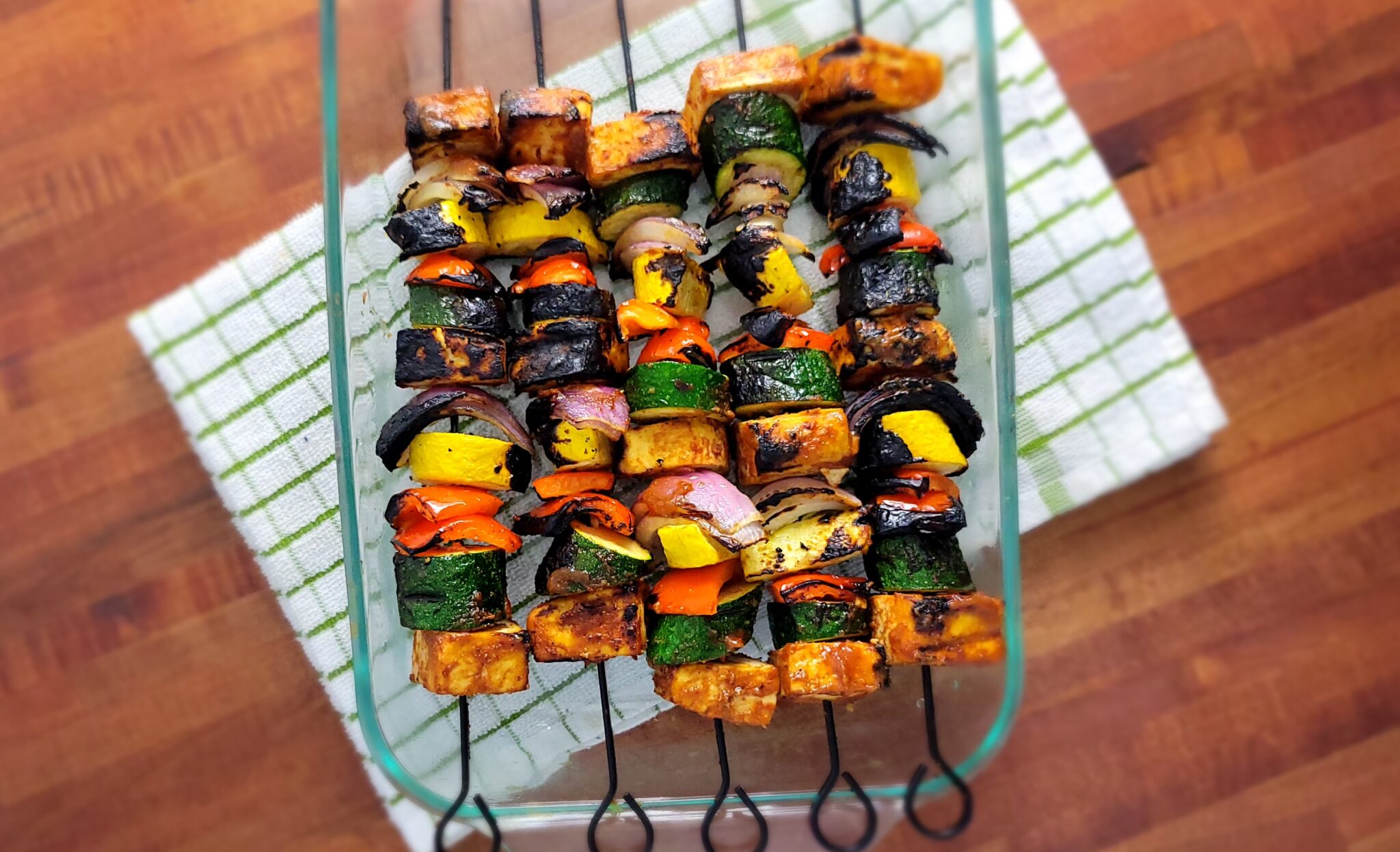List of Foods Low in Phosphorus Foods for Kidney Diets
When diagnosed with kidney disease your doctor may have advised you to follow a low phosphorus diet. Limiting the amount of phosphorus you eat is an important part of managing kidney disease. In this article, you will learn about foods that are low in phosphorus that you can eat every day. You’ll also understand what phosphorus is and why it is significant for your kidney health.
1: What is Phosphorus
Phosphorus is a mineral that is essential for your body to function well. Phosphorus plays many important roles such as building healthy bones, nerve signaling, muscle contractions, and energy production. We can get phosphorus naturally through foods like meats and legumes. But we can also get phosphorus from foods where it has been added in. Phosphorus is commonly used as a preservative in many processed foods like deli meats, canned foods, fast foods, and sodas. Phosphorus as an additive is used to improve flavor, color, or extend a food products’ shelf life. [1]
- Your bones and teeth store 85% of the body’s phosphorus
- Phosphorus is one of the most utilized minerals in the body
- The body absorbs 40-60% of phosphorus found naturally in food
- The body readily absorbs 90% of phosphorus additives
- 30% of phosphorus intake in the American diet is from phosphorus additives and preservatives [1,2]
2: Why Limiting Phosphorus is Important For Kidney Disease
Following a low phosphorus diet can slow the progression of kidney disease. Healthy kidneys help you get rid of excess phosphorus in your body through urine when it is not needed. With decreased kidney function your body is not able to remove extra phosphorus effiectively from the body, causing it to build up. High amounts of phosphorus in the blood have been shown in research studies to speed up the progression of the disease as well as increase the risk of cardiovascular disease, bone disorders, and death. [3]
Chronic high phosphorus in the body can affect your body’s normal hormone balance to maintain your bone health. Increased phosphorus in the blood can cause calcium to be pulled out of your bones. This can make your bones weaker and increasing the risk of fractures. Additionally high levels of phosphorus and calcium in the body over time can cause calcium to build up in your blood vessels, lungs, eyes, and heart. [1]
- A low phosphorus diet is typically 800-1000mg per day
- About 3000-7000ml of phosphorus is filtered daily by healthy kidneys
- A healthy kidney can get rid of about 600-1500mg of phosphorus per day in urine [6,7]
3: Overview of Foods Low in Phosphorus
As you begin to learn about phosphorus in foods it can seem like phosphorus is in everything. Phosphorus is commonly found in many foods in varying amounts. With awareness of your food choices, you can find what foods and amounts work best for you. Practice understanding appropriate portion sizes of foods and how often you can eat them.
When selecting foods for your low phosphorus kidney diet, choose foods around 150mg per serving or less. Below is an overview of foods that are low in phosphorus.
- Proteins: Lean meats like chicken, canned tuna, or cod are lower in phosphorus compared to red meats, processed meats, and organ meats.
- Fruits and Vegetables: Most fruits and vegetables are naturally low in phosphorus.
- Dairy: Choose rice milk, almond milk, feta, cottage cheese, sherbet, or popsicles. Dairy products are high sources of phosphorus.
- Grains: Grains like bread, corn tortillas, corn flakes, oatmeal, rice, pasta, and baked goods cooked from scratch are good low phosphorus options.
- Beverages: Choose water, coffee, tea, rice milk, apple juice, cranberry juice, or lemon-lime sodas. Cola and beer are high in phosphorus.
- Snacks: Choose fruits and vegetables, popcorn, tortilla chips, crackers, rice cakes, or salt-free pretzels.
4: Top 10 Low Phosphorus Foods For Kidney Diets
- Eggs – Eggs are a great source of complete protein. 1 egg has 100mg of phosphorus and 6g of protein. While 1 egg white only has 5 mg of phosphorus but half the protein.
- Berries – Fruits like blueberries, blackberries, and strawberries are naturally sweet, low in phosphorus, and provide beneficial antioxidants. Try adding berries to your next meal or snack.
- Unenriched Rice or Almond Milk – Milk alternatives without added vitamins and minerals are better low phosphorus options than dairy that is high in phosphorus. Also, check the potassium amount and aim for less than 200mg per serving.
- Olive Oil – Olive oil is low in phosphorus while a rich source of healthy omega-3 fatty acids that support your heart health. Use olive oil for cooking and as a base to make homemade low sodium dressings.
- Bread, Pasta, and Grains – Grains are a good source of carbohydrates which are the body’s main source of energy. Given the low absorption of phosphorus naturally found in whole grains, 1-2 servings per meal can be a low phosphorus option.
- Tofu – Tofu is a great plant-based source of protein with only 100mg of phosphorus per 3-4 oz. Try tossing tofu in some corn starch and pan frying on all sides to create a crispy texture.
- Garbanzo Beans – ½ a cup to 1 cup of garbanzo beans are a good source of plant-based protein that is lower in phosphorus. Beans also have other nutrients like fiber and essential vitamins and minerals to keep you healthy.
- Corn Flakes or Rice Cereal – These are cereal options that are naturally low in phosphorus making them great breakfast or snack options.
- Popcorn – 1-2 cups of unsalted popcorn is a great low phosphorus snack to add to your kidney diet regularly. [8]
References
- The Nutrition Source. (2022, March 2). Phosphorus. Harvard T.H. Chan School of Public Health. Retrieved June 27, 2022, from https://www.hsph.harvard.edu/nutritionsource/phosphorus/#:~:text=Phosphorus%20is%20a%20mineral%20that,pH%20within%20a%20normal%20range.
- Kalantar-Zadeh, K., Gutekunst, L., Mehrotra, R., Kovesdy, C. P., Bross, R., Shinaberger, C. S., Noori, N., Hirschberg, R., Benner, D., Nissenson, A. R., & Kopple, J. D. (2010). Understanding sources of dietary phosphorus in the treatment of patients with chronic kidney disease. Clinical Journal of the American Society of Nephrology, 5(3), 519–530. https://doi.org/10.2215/cjn.06080809
- Chang, A. R., & Anderson, C. (2017). Dietary phosphorus intake and the kidney. Annual Review of Nutrition, 37(1), 321–346. https://doi.org/10.1146/annurev-nutr-071816-064607
- Da, J., Xie, X., Wolf, M., Disthabanchong, S., Wang, J., Zha, Y., Lv, J., Zhang, L., & Wang, H. (2015). Serum phosphorus and progression of CKD and mortality: A meta-analysis of Cohort studies. American Journal of Kidney Diseases, 66(2), 258–265. https://doi.org/10.1053/j.ajkd.2015.01.009
- U.S. Department of Health and Human Services. (n.d.). Office of dietary supplements – phosphorus. NIH Office of Dietary Supplements. Retrieved June 27, 2022, from https://ods.od.nih.gov/factsheets/Phosphorus-HealthProfessional/
- Prasad N, Bhadauria D. Renal phosphate handling: Physiology. Indian J Endocrinol Metab. 2013 Jul;17(4):620-7. doi: 10.4103/2230-8210.113752. PMID: 23961477; PMCID: PMC3743361.
- Blaine J, Chonchol M, Levi M. Renal control of calcium, phosphate, and magnesium homeostasis. Clin J Am Soc Nephrol. 2015 Jul 7;10(7):1257-72. doi: 10.2215/CJN.09750913. Epub 2014 Oct 6. Erratum in: Clin J Am Soc Nephrol. 2015 Oct 7;10(10):1886-7. PMID: 25287933; PMCID: PMC4491294.
- U.S. Department of Agriculture (USDA), Agricultural Research Service. FoodData Central: Foundation Foods. Version Current: April 2021. Internet: fdc.nal.usda.gov.

